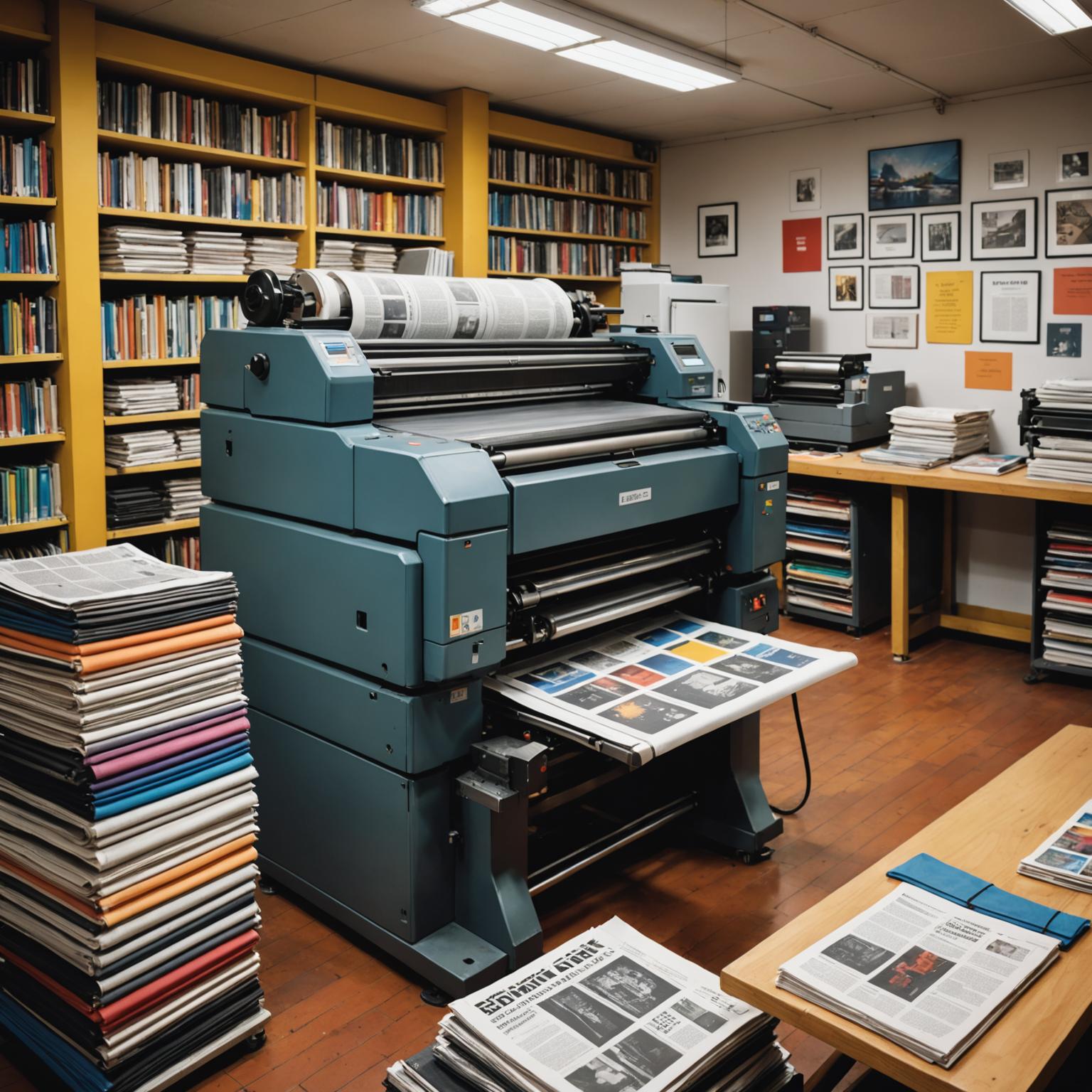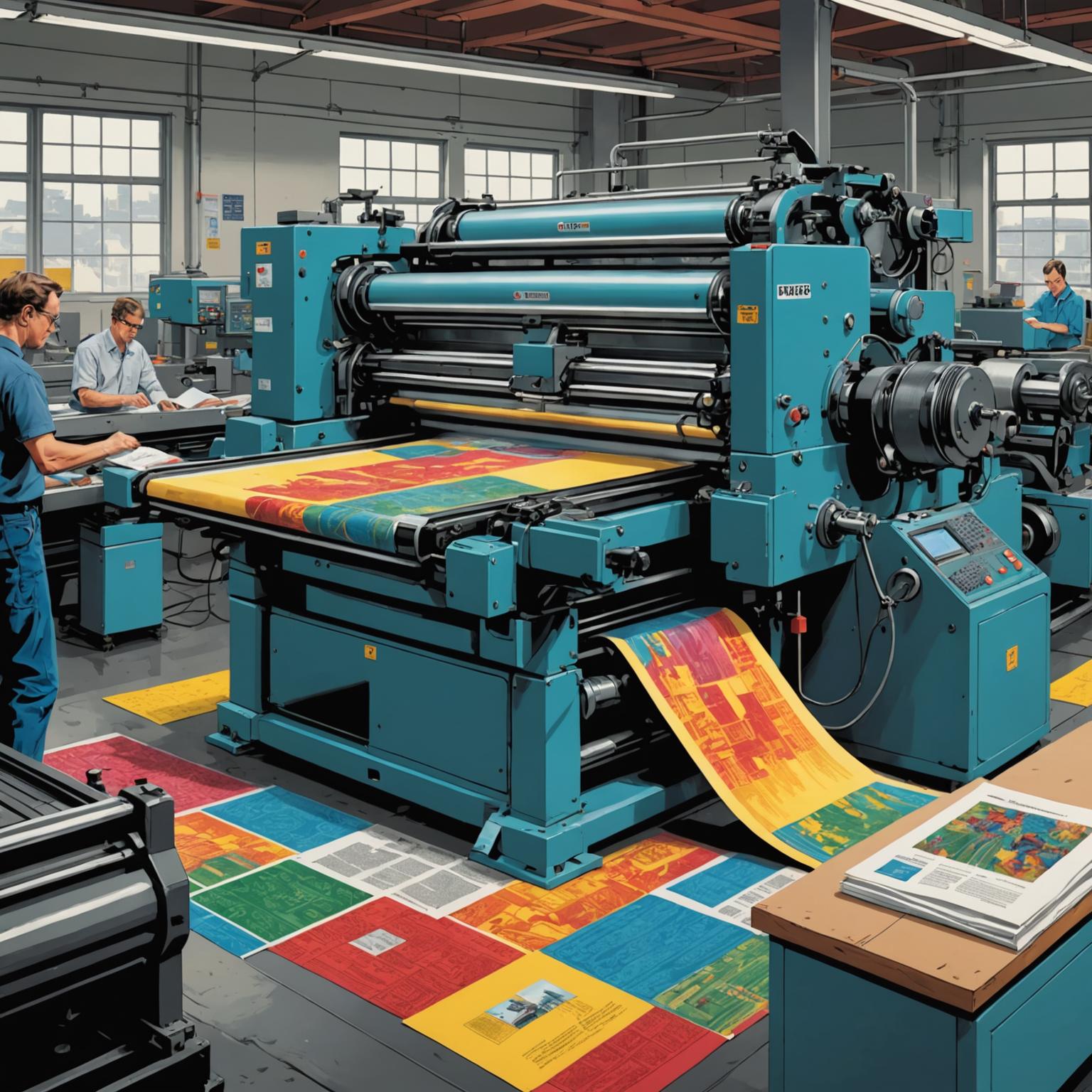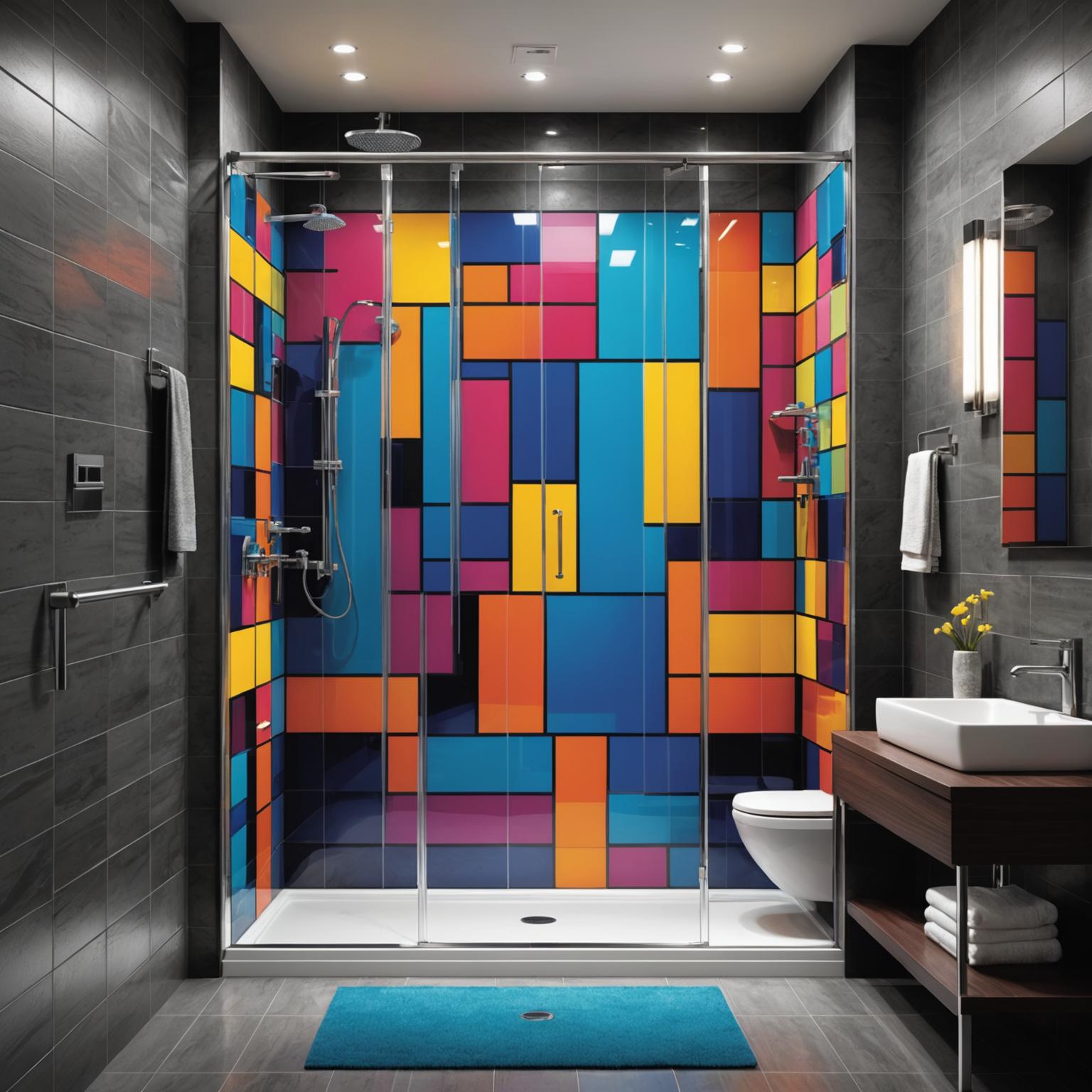For any avid reader, a personal library is a source of immense pride and joy. However, as a collection grows, it can easily transform from a curated haven into a chaotic pile of clutter, making it difficult to find the exact title you're looking for. This is where a simple yet transformative tool comes into play: book labels. Implementing a clear labeling system can revolutionize your shelves, turning a disorganized assortment of spines into a functional and visually appealing library where every book has its place.
The Power of Effective Book Organization
At its core, the goal of any library system is to make its contents accessible. Whether you run a small community library or are simply managing your personal collection at home, a structured approach is essential. Effective book organization allows you to locate any volume in seconds, saving you time and frustration. You might choose to arrange your collection alphabetically by author, by genre, by publication date, or even by a more personal system like your reading history. Whatever method you select, labels are the key to making that system visible and usable. Without them, your organizational efforts remain invisible, and you're back to scanning every single spine. A well-placed label acts as a signpost, guiding you directly to the section and the specific book you need, making your entire system of book organization practical and sustainable.
Personalize Your Library with Custom Book Labels
While generic dot stickers or handwritten tabs can work, custom book labels elevate your library to a new level of sophistication and personal expression. These are not just functional tags; they are an extension of your personality and your relationship with your books. With custom book labels, you can design a system that is perfectly tailored to your needs. Imagine color-coded labels for different genres—blue for science fiction, green for history, red for classics. You could add small icons, create a personal rating system directly on the spine, or even design labels that indicate if a book is part of your 'to-be-read' pile or a cherished favorite you've read multiple times. This level of detail makes browsing your own shelves a more engaging and personal experience, reflecting the care you put into building your collection.
Getting Started with Your Labeling Project
Embarking on a labeling project is a rewarding endeavor. The first step is to commit to your chosen method of book organization. Spend an afternoon sorting your books into their designated categories. Once sorted, you can begin the design process for your labels. You can create and print your own book labels at home using sticker paper or use one of the many online services that allow you to design professional-quality labels. The key to a successful project is consistency. Decide on a specific placement for the label on the spine—for instance, one inch from the bottom—and stick to it for every book. This uniformity creates a clean, professional look across your shelves. The process itself can be a meditative and satisfying way to reconnect with your collection, reminding you of the wonderful stories and knowledge you've accumulated.
Rediscover the Joy of Your Collection
Transforming your shelves from cluttered to curated is more than just an organizational task; it's an act of rediscovering the joy of your collection. A well-organized library, supported by a clear and attractive labeling system, invites you to browse, explore, and engage with your books more frequently. No longer will a beloved title be lost in the shuffle. By implementing custom book labels, you create a system that is not only highly functional but also a beautiful reflection of your literary journey. It’s a simple investment of time that pays dividends every time you effortlessly pull a book from the shelf, ready to dive into another world.







